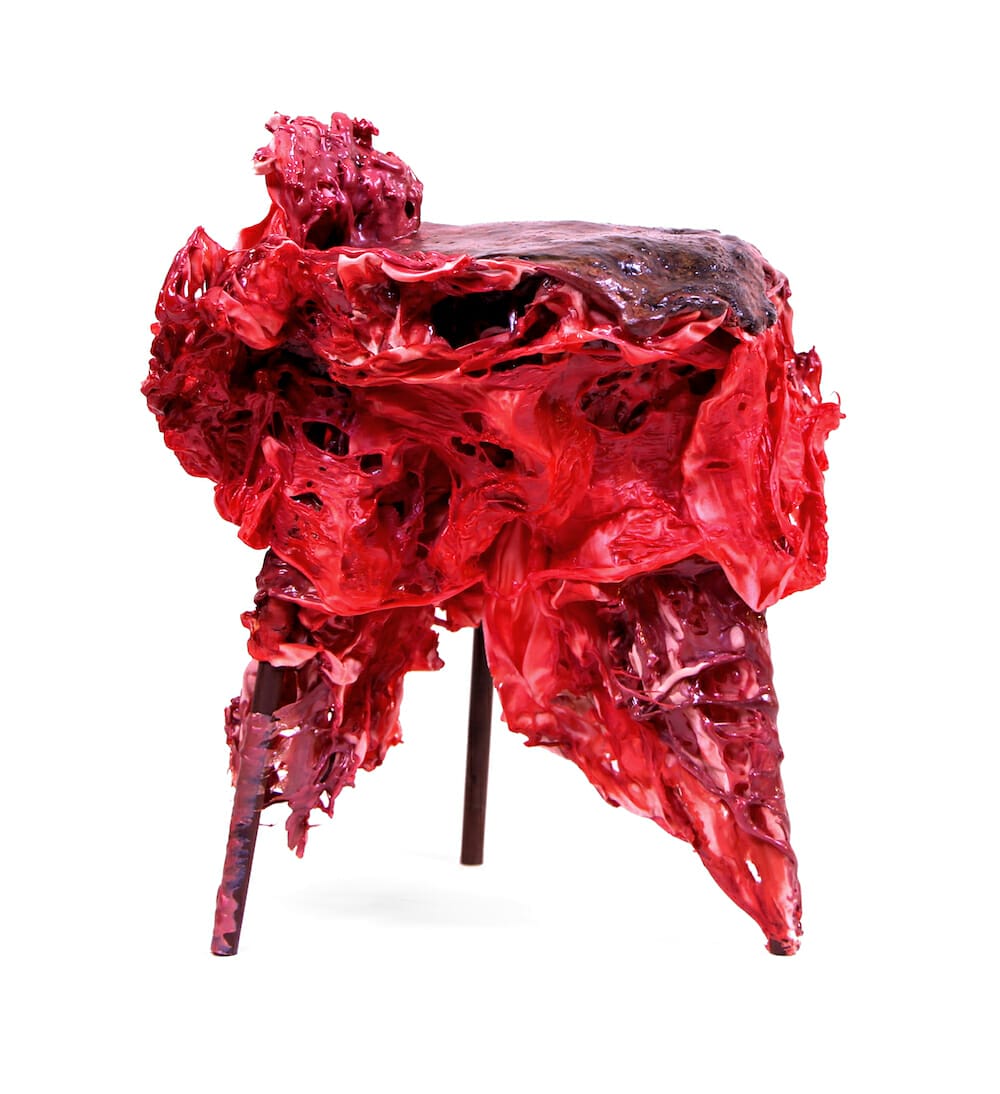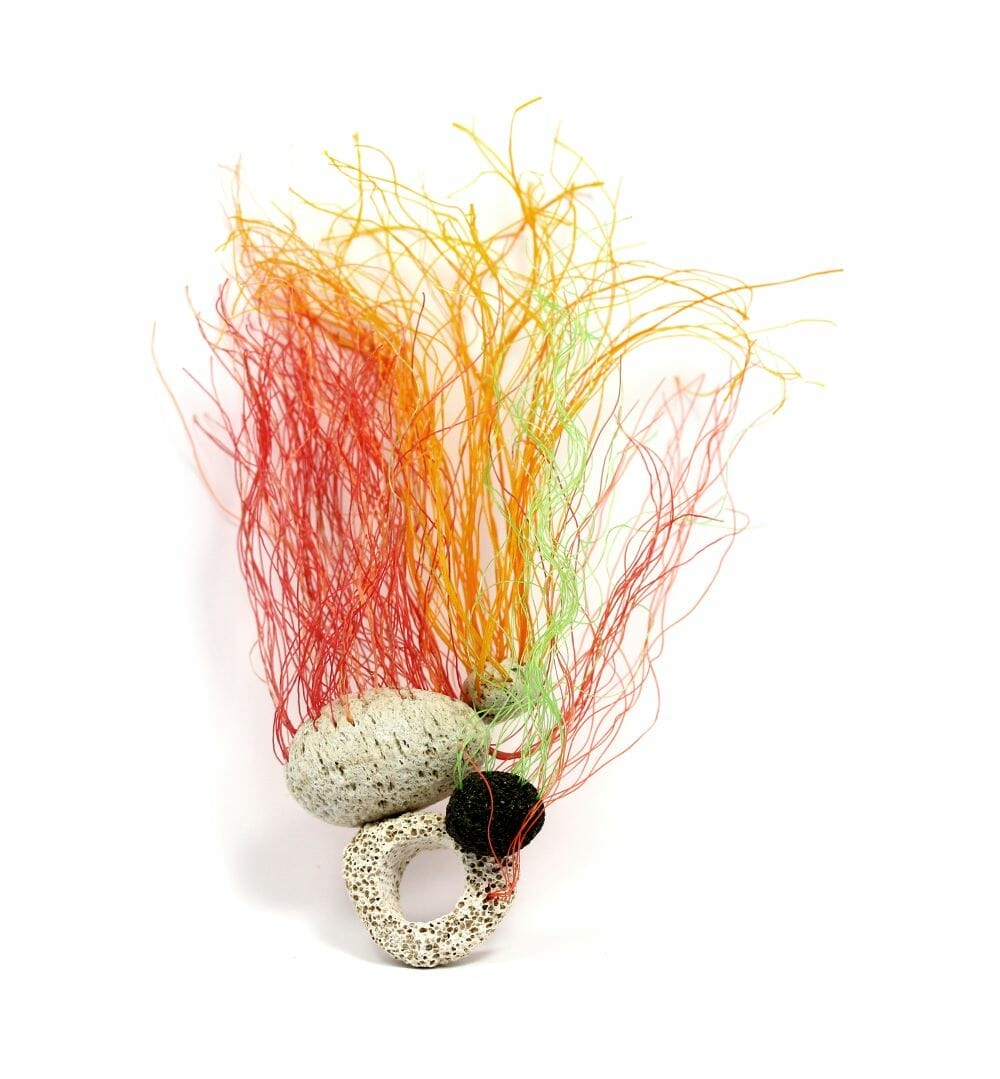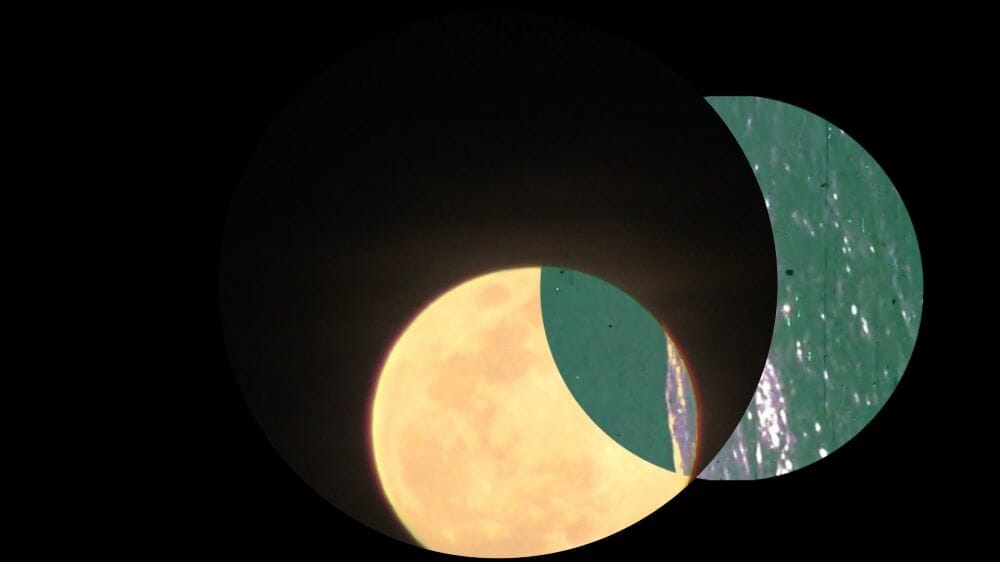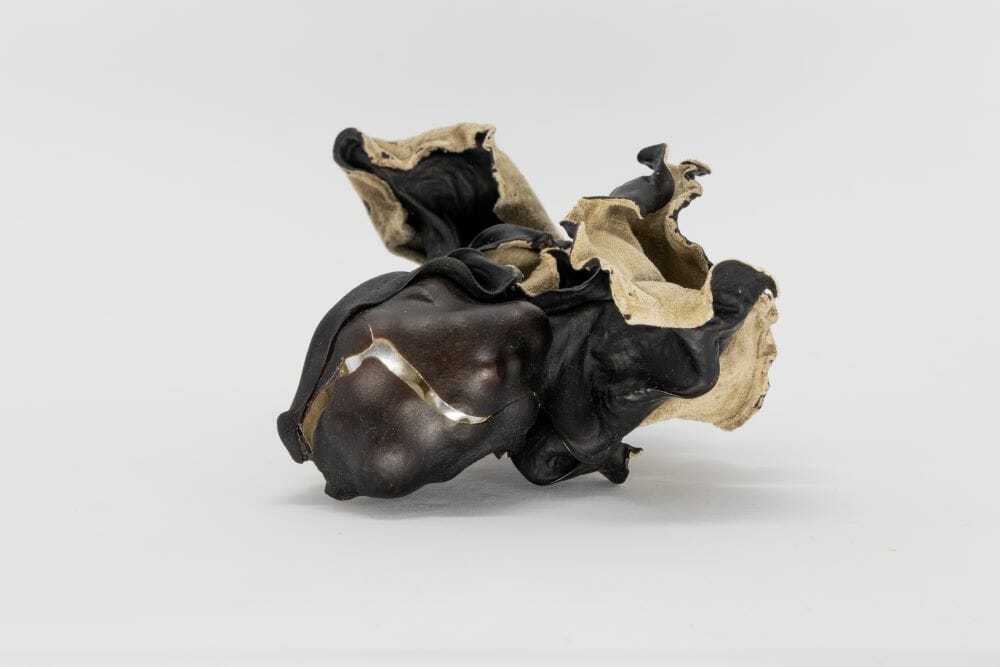When:
January 28 - February 3, 2020
11 am – 7 PM daily
Where:
Parasol Projects Gallery
213 Bowery
New York City
Living Art? Those of us who are drawn to are that explores natural materials might similarly find an upcoming exhibit called Materialness of interest, and particularly its inclusion of natural materials including those made by bacteria and fungi. The exhibit includes 60 original designs based on natural earth elements, including some living pieces.
Here, Picture this Post (PTP) speaks to the curator of this exhibit from the Bezalel Academy of Arts and Design of Jerusalem, Ariel Lavian (AL), about how this exhibit was created and why.
(PTP) What is the overall theme of the “Materialness” art installation?
(AL) The exhibition explores the complex triangular relationship between material, process and environment. “A skillful traveler leaves no track…” wrote Lao Tzu in his book Tao Te Ching and added “…if you do not care for the material; you are on the road to confusion…” (Chapter 27). This chapter is the conceptual basis for the exhibit “Materialness” – which aims to examine, investigate, and ponder the meaning and identity of the materials around us - in particular as a base for creation.
(PTP) What is the overall theme of the “Materialness” art installation?
(AL) The exhibition explores the complex triangular relationship between material, process and environment. “A skillful traveler leaves no track…” wrote Lao Tzu in his book Tao Te Ching and added “…if you do not care for the material; you are on the road to confusion…” (Chapter 27). This chapter is the conceptual basis for the exhibit “Materialness” – which aims to examine, investigate, and ponder the meaning and identity of the materials around us - in particular as a base for creation.
How did you select the artists and pieces to be included?
I spend a great deal of time at the (Bezalel) academy, and -- among other things -- in many presentations of students’ projects. After writing the theme for the exhibition, I had a general idea of what I was looking for. After wandering through the Bezalel archive, I knew which artists and designers I wanted to participate. For some of the participants I asked them to prepare a project specifically for the exhibition, and for others I took an existing project.
Your own projects are featured in this exhibition. Can you tell us about them?
Certainly, I present three different series of objects.
Plastitution: Plastic pollution can afflict land, waterways and oceans. It is estimated that 8.8 million metric tons of plastic waste enters the ocean from coastal communities each year. This project is the result of my Master’s thesis project in which once a week I went to the beach near my house and collected waste. Out of that waste I created a world that corresponds with the surroundings - the sea.
Toxtiles: The series explores the enormous environmental damage and pollution that occurs "behind the scenes" of the fashion industry. With aggressive and manipulative marketing and advertising, the fashion industry managed to fully separate the final product we see on fashion runways, magazines, digital media, and in the street, from the crushing process, exploiting and polluting of creating the raw material - textile. In my project, I chose to erase the dividing line and to show the other side, the hidden one, the ugly one. I created a series of stools made of textiles and iron. The fabrics I used were leftovers I gathered from fashion houses and sewing workshops.
My Garden – spring Time: In this project I tried to simulate an autarky farm. I only used materials in my immediate vicinity, in my studio and especially in my garden. I collected raw materials; cleaned, cut and sorted the substances into different types; and finally assembled them into new compositions. I try to create small but complete scenes of staged nature, ex-wild.
When and why did you first become interested in working with living materials?
Well, my design is influenced by the raw materials surrounding me. I find tremendous wealth in the soil, the rotting logs, wasps’ nests, branches of the trees, broken objects, old plastic bags, it can be anything. I refer to the material and not to the object, study it, understand its properties and use it to create new objects. I think when I made Plastitution in 2016 I found a dead fish on the beach; I decided to embed it in one of the brooches. I wanted to show and emphasize how amazing nature is and the damage we are causing it. Since then I gather insects or other small creatures that I find devoid of life. I live near a forest and have a very large garden, so it's quite a bit. And I incorporate them into my work, many times to convey a message or criticism but sometimes just because I think they are much prettier than any gemstone.
Is this a unique approach- or are there other works including living materials that have previously caught your eye/heart/soul?
I don't know if it's a unique approach, it's just what I do. I can say that in the contemporary jewelry field I work in, it's quite unusual.
Does the care - creation and handling— of art made form “living” materials need to be different? Do these always have a particular shelf life or?
Yes, the work in this regard is quite challenging. There are specific processes that need to be done. Regarding "shelf life" it is very much dependent on the object, but there are certainly objects that I create knowing that in a not very long period of time they will disintegrate and return to nature.
Do these works -- or any of them— hope to make a commentary on the nature of life on our planet today?
Some of the works on display are critical works. Some of them criticize the conduct of the industry and consumption culture, and some of them remind us the beauty and genius that exists in nature.
For more information, visit The Bezalel Academy website
Photos courtesy of Bezalel Academy of Arts and Design









